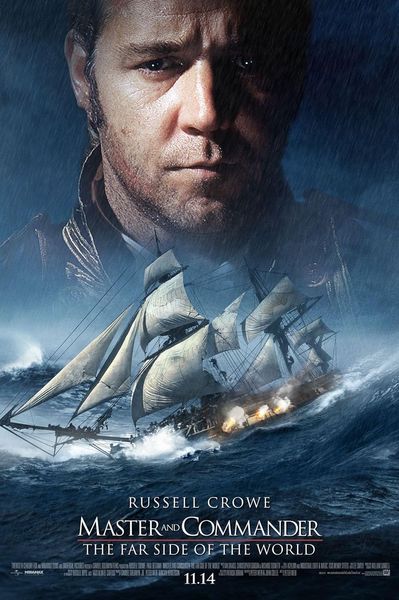
“Master and Commander: The Far Side of the World” (2003): A Timeless Nautical Epic
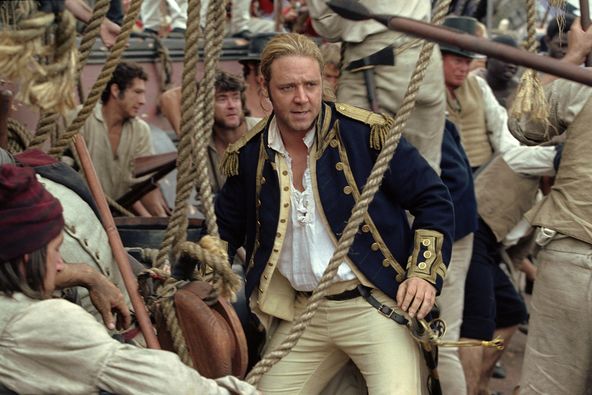
Released in 2003, “Master and Commander: The Far Side of the World” is a captivating nautical epic that has cemented its place as a modern classic in the genre. Directed by the renowned Peter Weir, this film adapts elements from several novels in the Aubrey–Maturin series by Patrick O’Brian, creating a richly layered narrative that explores the complexities of leadership, camaraderie, and the unforgiving nature of the high seas.
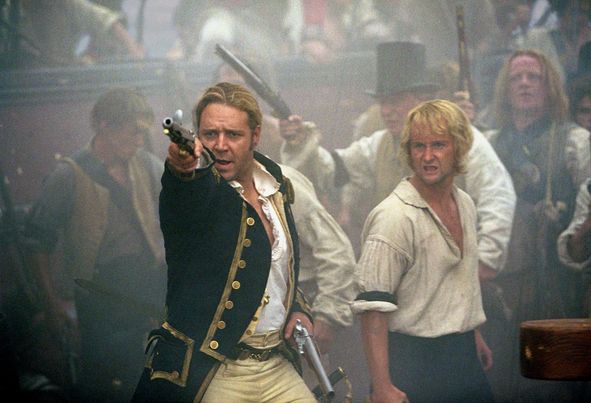
Set during the Napoleonic Wars, the film follows the adventures of Captain Jack Aubrey, played by the esteemed Russell Crowe, and his trusted friend, ship’s surgeon and naturalist Stephen Maturin, portrayed by Paul Bettany. Commanding the HMS Surprise, Aubrey and his crew are tasked with tracking down and engaging with a powerful French privateer ship, the Acheron, in a high-stakes game of cat and mouse across the vast expanse of the Pacific Ocean.
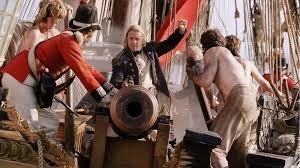
What sets “Master and Commander” apart is its meticulous attention to historical accuracy and the intricate details of naval warfare during the early 19th century. Peter Weir’s directorial vision ensures that the film immerses the audience in the authentic atmosphere of life aboard a sailing ship, from the precise rigging of the masts to the seamless integration of practical and visual effects.
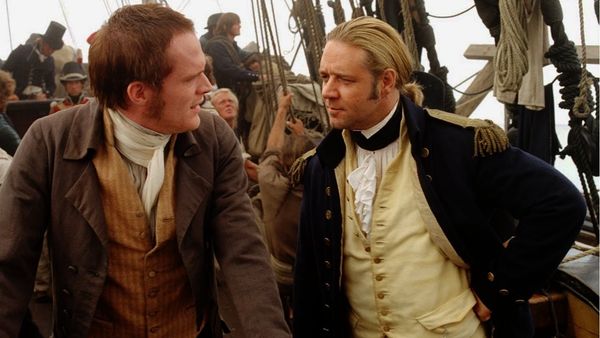
The narrative’s strength lies in its seamless blending of action, adventure, and character development. Weir masterfully balances the exhilarating naval battles with the more intimate moments that delve into the personal lives and motivations of the central characters. The relationship between Aubrey and Maturin, a study in contrasts, serves as the emotional heart of the film, as their friendship navigates the challenges of duty, honor, and the ever-present threat of mortality.
Russell Crowe’s captivating performance as Captain Aubrey is the driving force behind the film’s success. He embodies the commanding presence and unwavering determination of a seasoned naval officer, while also conveying the vulnerability and introspection that lurks beneath the surface. Crowe’s chemistry with Paul Bettany’s Maturin is equally compelling, as the two men forge an unbreakable bond rooted in mutual respect and intellectual curiosity.
The supporting cast, led by the likes of James D’Arcy, Edward Woodall, and Billy Boyd, also deliver standout performances, each contributing to the authentic ensemble that populates the world of the HMS Surprise. The film’s attention to period detail extends beyond the characters, with the meticulous recreation of the ship’s interiors and the stunning cinematography that captures the vast, awe-inspiring seascapes.
One of the most notable aspects of “Master and Commander” is its refusal to adhere to conventional Hollywood tropes. Weir’s direction eschews the typical narrative arcs, instead focusing on the nuances of character development and the harsh realities of naval life. The film’s pacing is deliberate, allowing the audience to fully immerse themselves in the rhythms and routines of the crew, heightening the impact of the action sequences and the emotional beats.
In the end, “Master and Commander: The Far Side of the World” stands as a towering achievement in the realm of historical fiction and nautical adventure. Peter Weir’s masterful direction, coupled with the captivating performances and the film’s unwavering commitment to authenticity, create a cinematic experience that transcends the boundaries of the genre. This timeless classic continues to captivate audiences, serving as a testament to the power of storytelling and the enduring allure of the high seas.
